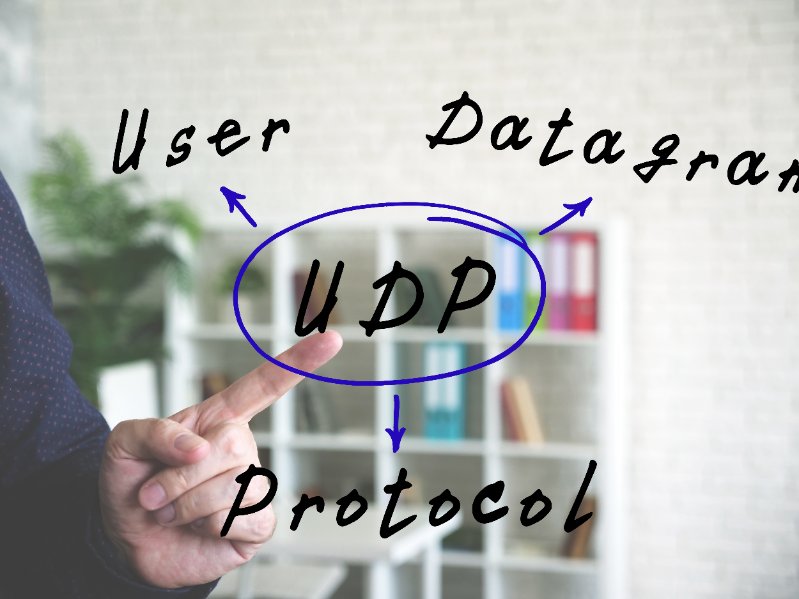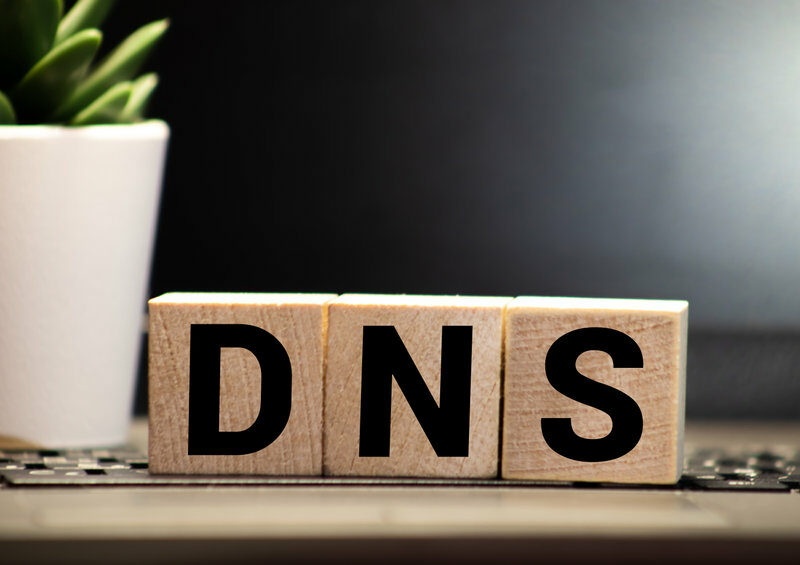You will learn what IPv4 is, how an IPv4 address looks like, and what is next after IPv4, IPv6.
What is IPv4?
IPv4 is one, a bit older Internet Protocol that has been around since the early 80s. The 4th version was introduced in 1981 and got in use since 1982. Been an Internet Protocol (IP), its purpose is to establish all the rules for communication. How the data packets should be sent, what should happen with them, how to be received, and so on.
One key feature of IPv4 is the possibility to use the best-effort delivery model. It doesn’t need to establish a conecction between two points fully. It can just try to send a message and not wait to see if it was sent successfully or unsuccessfully. That makes it fast and excellent for the Internet.
What you may already have heard is the IPv4 addresses that it uses. They are short and relatively easy to use, 32-bit addresses that serve as an ID card of each connected host.
They have 4 groups of numbers that are with maximum 3 numbers in them each.
This is the IPv4 address of Google.com: 142.250.187.110
Google has multiple servers and also has IPv6 addresses, so it is just one of all IP addresses it has.
What makes IPv4 still good?
You have heard it before. If something works, why change it? The problem is that since the 80s, digital progress has been phenomenal. Also, the population has grown massively. Now there are almost 8 billion people on the Earth, and most of us have multiple devices. The IPv4 and its 32-bit address offer just a bit more than 4 billion. There is the biggest problem! Lack of available IP addresses is pushing network administrators to reuse IP addresses and to manage their IP address pools strictly. The price of IPv4 addresses is going up because of this shortage.
This is the main reason why we should think about the future and the broader possibilities with the next version – IPv6.
Before we underline the benefits of the latest IP version, let’s at least mention a few of IPv4:
compatibility. All network devices, new and old, support IPv4, so there is no chance that a query will drop on the way because of lack of support.
It is simple. The address is a lot shorter and easier to write if needed. It makes it easier to use by network administrators when they need to add or remove an IP address for a host manually.
Should you move on to IPv6?
Yes, eventually. We are in a very strange period where we are slowly transitioning to the newer IPv6 standard. It has been an extremely slow process, and currently, almost everybody who wants to use the latest IPv6 also includes support for the older IPv4. It takes double the effort to use the new one, and also, not all DNS recursive servers support the newer IPv6 yet.
The IPv6 has many great benefits like the number of available IPv6 addresses that is a lot more than we could ever need, better security, the possibility to use it directly without a NAT device and forwarding, and so on.
Conclusion
So, IPv4 is an old standard that is still in use but is close to its down. Yet, at least for 5 to 10 years more, all network administrators need to know what it is and how to use it. IPv6 is starting to grow in popularity, but it is a slow process.

